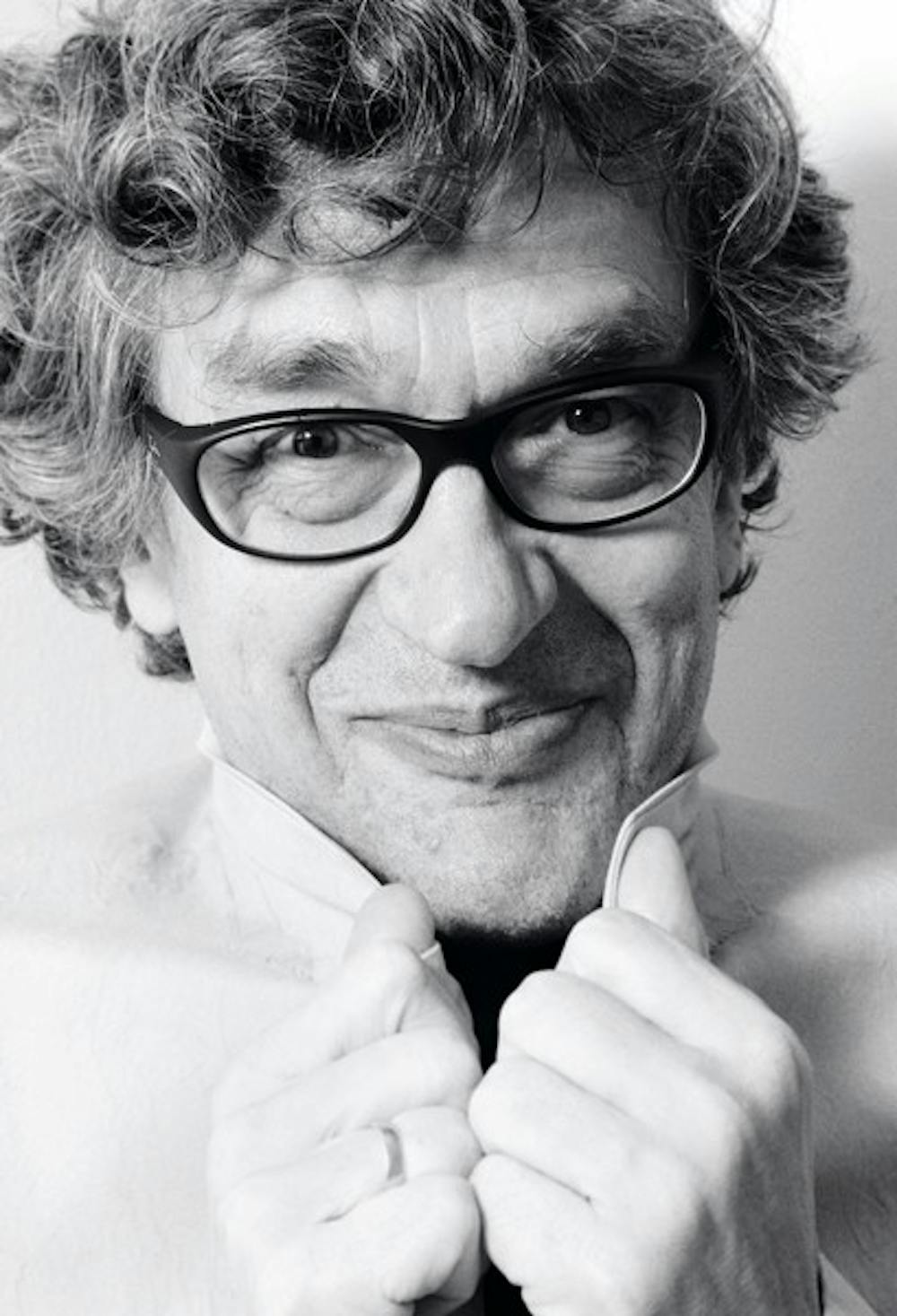The notably unique combinations of dance and theater in the recently released “Pina” highlight the work of the late choreographer and dancer Pina Bausch.
German director Win Wenders explained to The State Press the creative process of his recently released 3-D film.
The State Press: Did you see any particular film that inspired you to use 3-D technology for “Pina?”
Wim Wenders: I first saw “U23D.” It was the first time I ever saw 3-D. This was the first time I saw real people … and there were flaws. Sometimes Bono looked strange, but movements were tricky … But that was definitely a new language to deal with.
SP: The effects were an especially nice touch to a documentary-style film. The combination was very unique and visually stimulating.
WW: That's what I was hoping for because I'd never seen a 3-D documentary (until “U23D”). I just didn't know how to do it. Dance seemed to elude my cameras and then I saw digital 3-D, and thought, “That's the answer. That's how (I) can film.”
SP: How were the four dance pieces chosen for this film?
WW: I called Pina at the end of the “U23D” screening and said, “Pina, I think we know how to do it now.” We actively prepared the film we were going to do together. We discussed which of her works should be in the film. We chose some of the classics of the company like “Café Müller.”
There was only one slot left and we decided for a unique piece in history, “Kontakthof.” It was the same choreography for three different generations that participated in this piece.
SP: Where did the idea come from to have the dancers interview in their native language?
WW: Pina’s dancers are from all over the world, really. Some are small, some are tall, some are more voluptuous. All together in the company they speak 18 languages. The common language is English. I encouraged them to do (the interview) in their own language. It added some of their truth.
SP: I felt as if the interviews were more cinematic instead of traditional. Was there a particular style you used?
WW: Pina didn't like interviews. She always felt like she was betraying her art when interpreting (it). For the longest time in the editing room, I was convinced I would be making a silent film, but that was too cryptic.
I realized we needed to give them a little bit of information of the working process with Pina. Then I remembered that I had these long talks (about) the working process with Pina. Then I picked pieces, not as an interview but sort of as an interior voice.
SP: What was the most difficult obstacle in filming the movie?
WW: I was the most unlikely director to make a dance film. I didn't have a taste for it. One night, my girlfriend forced me to see this evening piece by Pina. I was ready to pass a boring evening. Then I did not know what happened to me that night.
I was sitting on the edge of my seat crying. I was concerned about what happened. It was electrifying. And there I was - crying like a baby. And that's why I wanted to make the film.
Reach the reporter at cstarboa@asu.edu
Click here to subscribe to the daily State Press newsletter.





